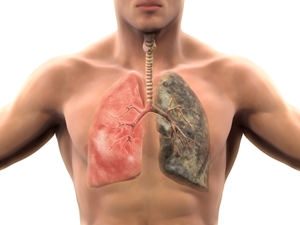March 3, 2015
All Articles
Search & Filter
Silicosis still a problem for construction workers

“Silica exposure remains a serious threat to nearly 2 million U.S. workers, including more than 100,000 workers in high risk jobs,” according to the CDC.
OSHA has proposed a new rule in 2013 to protect workers from being exposed to crystalline silica, according to The National Law Review, and recently held hearings on the matter. One in five worker-related deaths in 2013 were in the construction field.
According to the CDC, exposure to silica can occur during many stages of construction including blasting, jack hammering, concrete drilling, and tunneling. It’s not the elements themselves that are dangerous, but the particles they are made up of. These particles, small pieces of dust and fragment, are inhaled and in turn adversely affect the human body.
The implementation of finer countertops for homes has also created a new front for workers to be exposed to the danger of contracting silicosis. Many modern countertops are created using elements categorized under crystalline silica, especially granite and quartz. According to The National Law Review, these countertops could be composed of 90 percent silica.
Some of these new rules could include monitoring the air during construction, safer work practices, like pre-washing stone slabs, using appropriate ventilation and providing protection beforehand when exposure is known. These health and safety measures have long-lasting results for workers.
According to OSHA, these new compliance training regulations could save almost 700 lives per year and prevent up to 1,600 new cases.
Of the top 10 most frequently cited OSHA standard violations, the fourth highest occurring citation is failure to have respiratory protection equipment and standards to prevent respiratory illness and exposure.
For information on respiratory protection training, and other construction industry safety training courses, check out mastery.com!